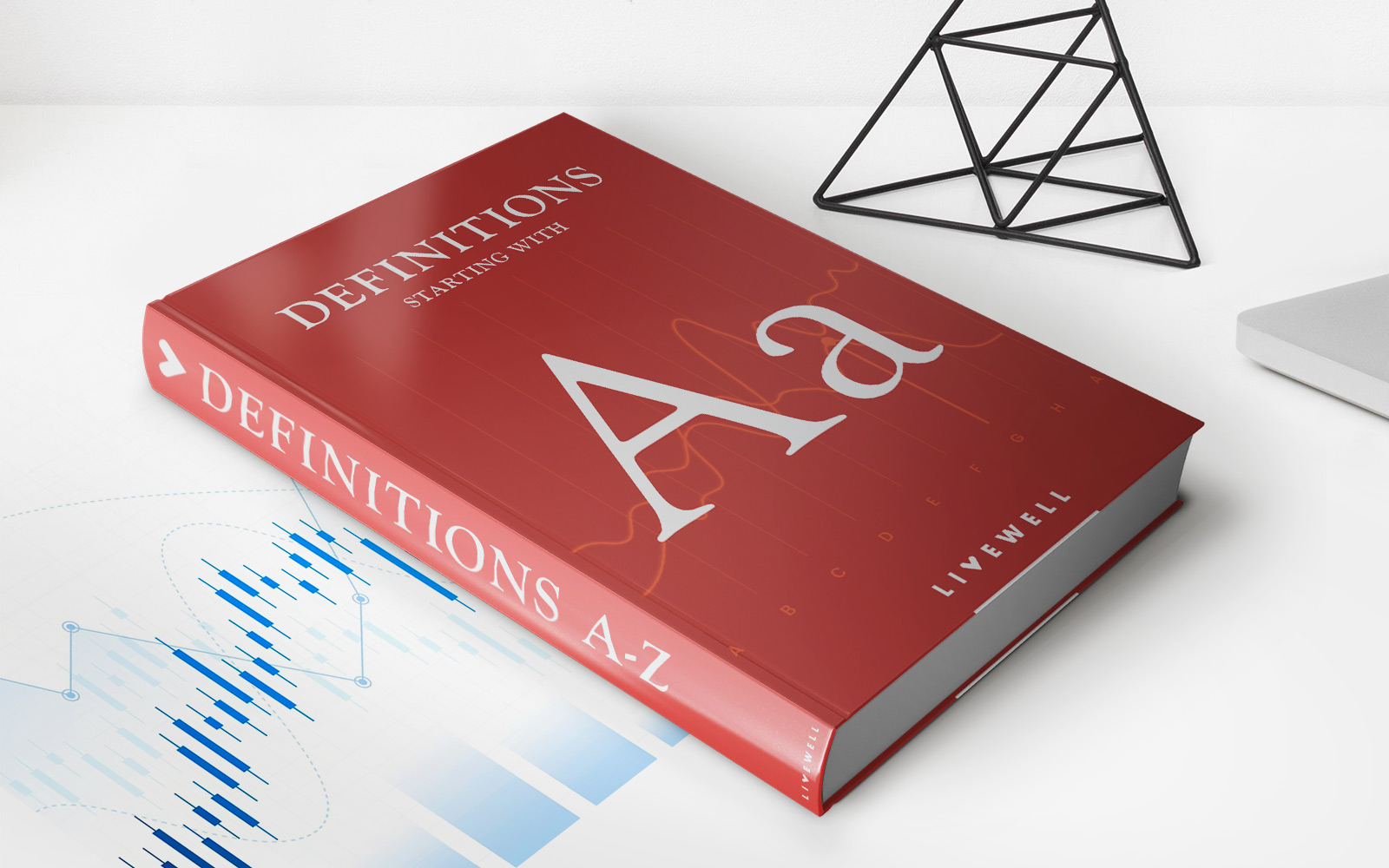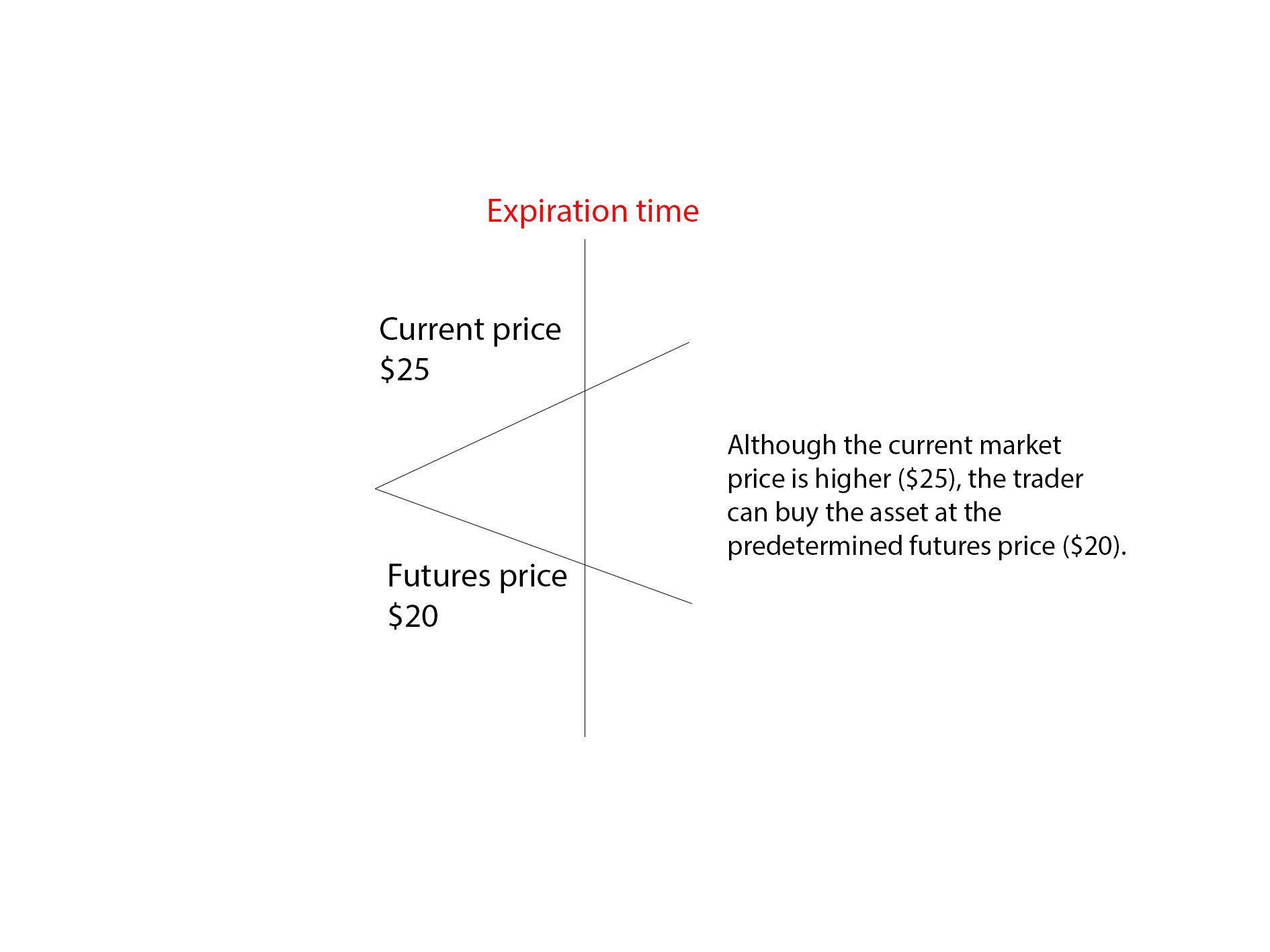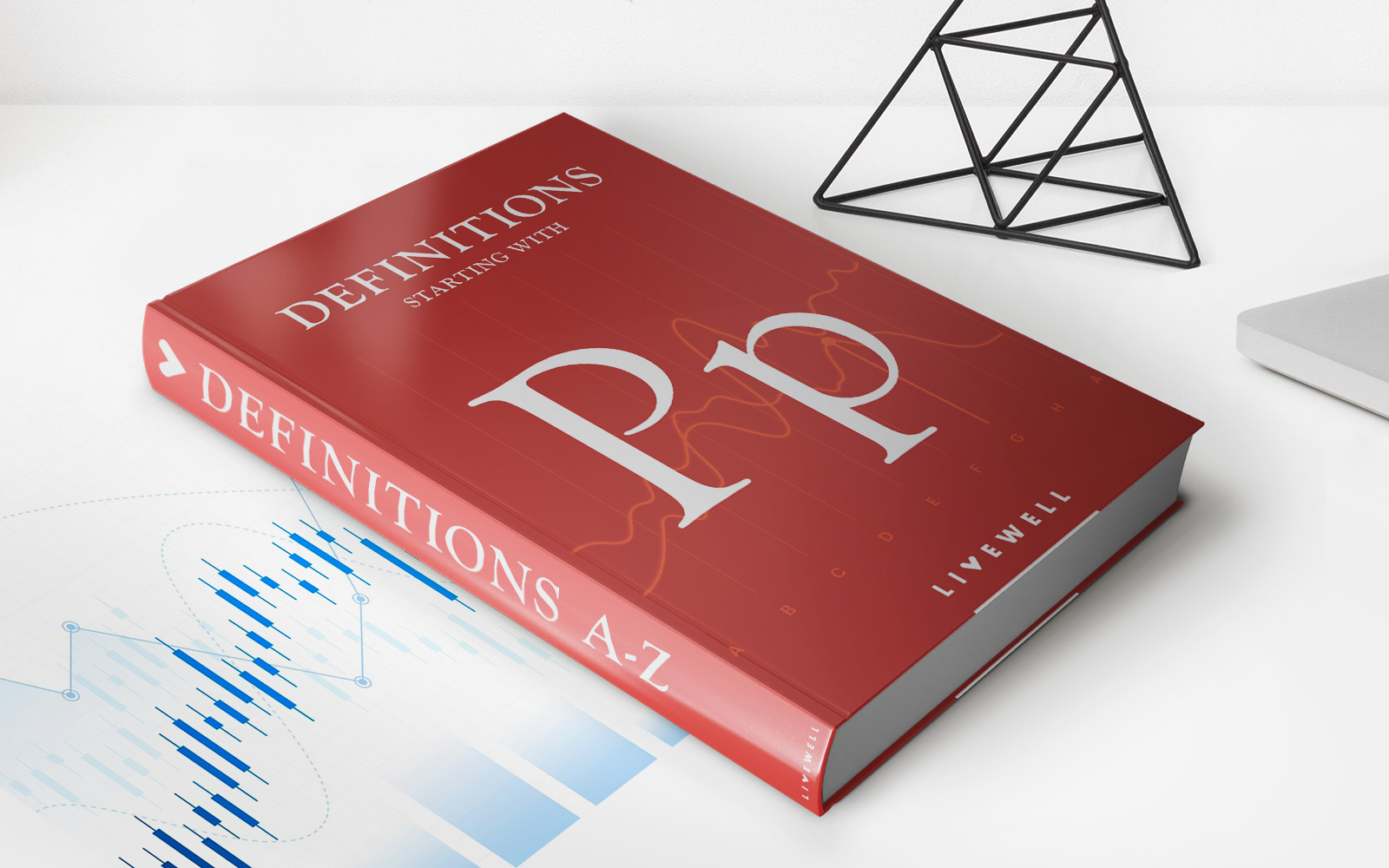

Finance
Guilt-Edged Investment Definition
Published: December 3, 2023
Learn the definition of guilt-edged investment in finance. Explore how this investment option can provide secure returns and minimize risk.
(Many of the links in this article redirect to a specific reviewed product. Your purchase of these products through affiliate links helps to generate commission for LiveWell, at no extra cost. Learn more)
Guilt-Edged Investment: The Definitive Guide for Savvy Investors
Are you a finance enthusiast looking to expand your investing knowledge? If so, you’ve come to the right place. In this comprehensive guide, we’ll break down the concept of guilt-edged investments, their benefits, and strategies for maximizing your returns. Whether you’re a beginner or an experienced investor, understanding guilt-edged investments is essential for building a successful and diversified investment portfolio.
Key Takeaways:
- Guilt-edged investments are typically low-risk investments backed by established entities such as governments.
- These investments offer stable returns and are considered safe havens during economic uncertainties.
What is a Guilt-Edged Investment?
A guilt-edged investment, also known as a gilt-edged or government bond investment, refers to a type of investment that offers low-risk and stable returns. These investments are predominantly issued by national governments and are backed by their ability to levy taxes and print money. As a result, guilt-edged investments are considered one of the safest forms of investment available.
Traditionally, guilt-edged investments are issued in the form of bonds, wherein investors lend money to the government for a fixed term, typically ranging from 1 to 30 years. During this term, the government pays the investor regular interest payments, known as coupons, and returns the principal amount upon maturity.
So, what sets guilt-edged investments apart from other investment options? Let’s dive into the benefits:
Benefits of Guilt-Edged Investments
1. Safety and Security: Guilt-edged investments are backed by governments, making them less susceptible to default compared to corporate bonds or other riskier investments. This inherent safety makes guilt-edged investments attractive to risk-averse investors who prioritize capital preservation.
2. Stable Returns: Guilt-edged investments provide predictable and steady income through fixed interest payments. These payments offer investors a reliable source of income, especially during periods of economic uncertainty when other investments may experience volatility.
In addition to the above benefits, guilt-edged investments can also provide diversification to an investment portfolio. By adding guilt-edged investments to your portfolio mix, you can balance out the risk associated with other investments, potentially reducing overall portfolio volatility.
Maximizing Returns on Guilt-Edged Investments
While guilt-edged investments provide safety and stability, there are strategies investors can employ to maximize their overall returns. Here are a few tips to consider:
- Research: Before investing in guilt-edged securities, thoroughly research and analyze the government’s financial standing, economic indicators, and credit ratings. This will help you assess the likelihood of timely interest payments and the government’s ability to repay the principal amount upon maturity.
- Diversify: Allocate a portion of your investment portfolio to guilt-edged securities while maintaining a balanced mix of other higher-risk, higher-return investments. Diversification ensures that you benefit from both the stability of guilt-edged investments and the potential growth of riskier assets.
- Consider Inflation: Take inflation into account when investing in guilt-edged securities. Since these investments offer fixed interest payments, the real return (after adjusting for inflation) may vary. Staying updated on inflation rates and opting for guilt-edged investments with longer maturities can help mitigate inflationary risks.
- Monitor Interest Rates: Keep an eye on interest rate movements, as they influence the value of guilt-edged investments. When interest rates rise, the market value of existing guilt-edged securities tends to decline, while new guilt-edged securities may offer higher yields. Understanding these dynamics can help you make informed investment decisions.
By implementing these strategies, you can enhance your overall returns while enjoying the stability and security of guilt-edged investments.
Conclusion
In summary, guilt-edged investments are an excellent option for investors seeking safety, stability, and predictable returns. As a low-risk investment vehicle backed by governments, guilt-edged securities provide a reliable income stream and offer a valuable diversification tool in your investment portfolio.
Remember to conduct thorough research, diversify your investments, consider inflation, and stay updated on interest rate movements to maximize your returns. With the right approach, guilt-edged investments can serve as a solid pillar in your investment strategy, helping you achieve your financial goals with confidence.














